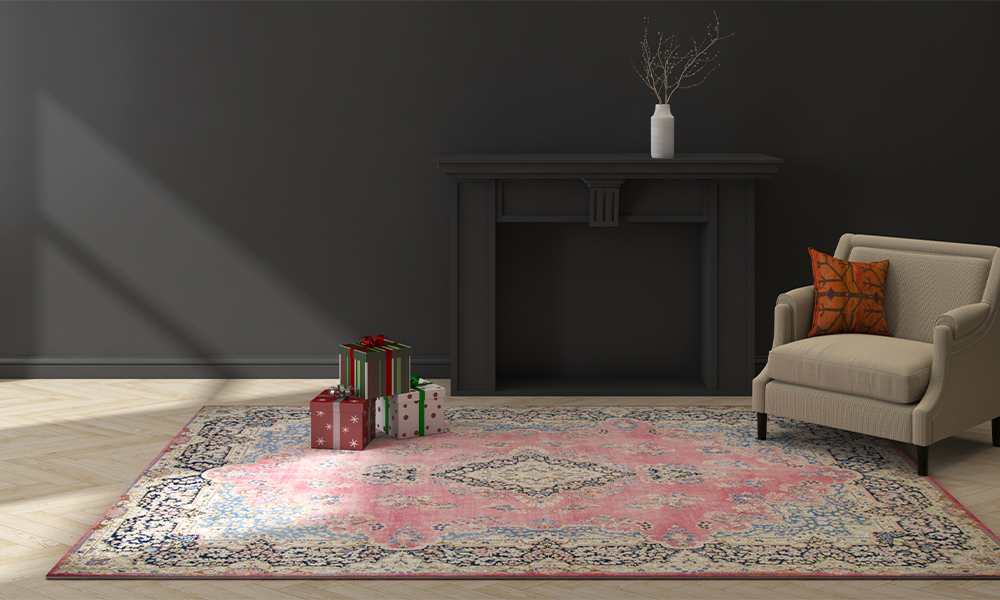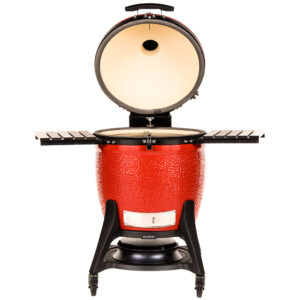
Carpet underlay is an essential component of any carpet installation, providing cushioning and insulation to help protect the carpet from wear and tear. There are a variety of different types of carpet underlay available, including felt, foam, rubber, and cork. Choosing the right type of carpet underlay can be a bit confusing for first-time carpet installers, so it’s important to do your research and understand the different options available.
At its most basic level, carpet underlay helps protect carpet from damage by providing cushioning and insulation. This is particularly important in high-traffic areas like living rooms and bedrooms, where carpet can become worn down over time.
When choosing carpet underlay, there are a variety of factors to consider. First and foremost, you need to think about the type of carpet that you will be using. Different carpet materials require different types of cushioning, so it’s important to choose an underlay that is compatible with your carpet.
Another important consideration is the thickness and density of the carpet padding. Thicker and denser carpet pads provide better insulation and protection against wear and tear, but they also tend to be more expensive than thinner options. It’s important to find a balance between quality and affordability when choosing carpet underlay.
If you are unsure about which type of carpet underlay is right for your needs, it can be helpful to consult with a carpet professional or carpet retailer. With the right guidance, you can choose an underlay that will help protect your carpet and keep it looking beautiful for years to come.
Do all type of carpet require carpet underlay installed?
There is no definitive answer to this question, as the type of carpet and the conditions in which it will be installed can affect whether carpet underlay is needed. Generally speaking, carpet underlay is most important for high-traffic areas like living rooms and bedrooms, where carpet can become worn down over time due to constant foot traffic or other sources of wear and tear. However, there may be certain situations where carpet underlay is not necessary, such as when carpeting an area with low foot traffic or installing carpet in an environment that does not experience a lot of moisture or temperature changes. Ultimately, the best way to determine whether carpet underlay is needed for your specific project is to consult with a carpet professional or retailer who has expertise in carpet installation and maintenance.



